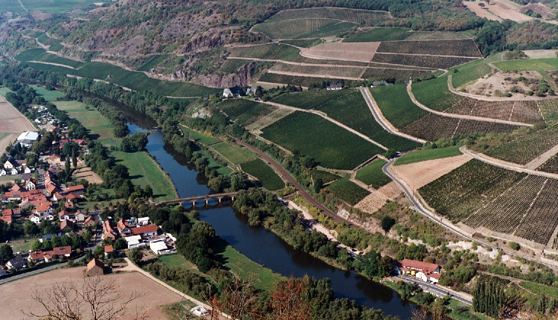Pyrex was invented ca. 1915, the brand owned by Corning.
First, note that there are two types of glass in question. Ordinary glass like in windowpanes or drinking glasses, which are made from soda-lime, and the more expensive borosilicate glass that is used in the original pyrex. (Before any objections are raised, there are many other types of glass.)
Along the way, Corning owned Corelle, which manufactured pyrex, and Corning also had a licensing agreement with Newell Cookware Europe. In 1998 Corning and Corelle split. After that Corelle switched from borosilicate to the lower-quality soda-lime to make their pyrex. Newell never changed the formula and their European cookware is still borosilicate.
So how can you tell which you have? Is the glassware you're inspecting at a garage or estate sale the real stuff or the inferior stuff? Easy. There several ways to determine which is which, but two methods are extremely simple.
First, look at the edges. Everyone has probably seen the edge of a sheet of glass. It's green and pyrex made of soda-lime glass is also green on its edges. The borosilicate type is colorless.
Second, (this is too easy) look at the logo on the glassware. If it says PYREX, it's borosilicate; if it says pyrex, it's the cheaper soda-lime.
So now go check your measuring cups, pie pans, and loaf pans.


